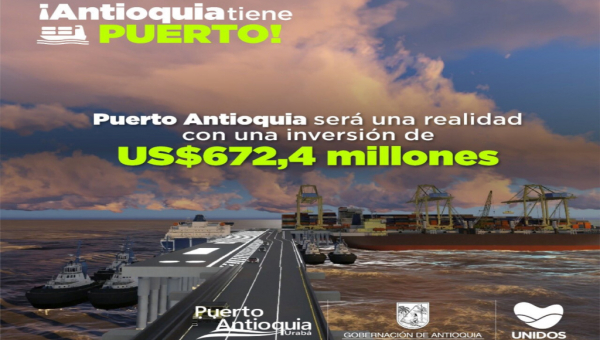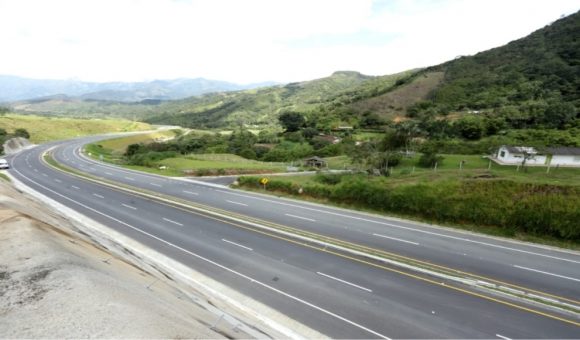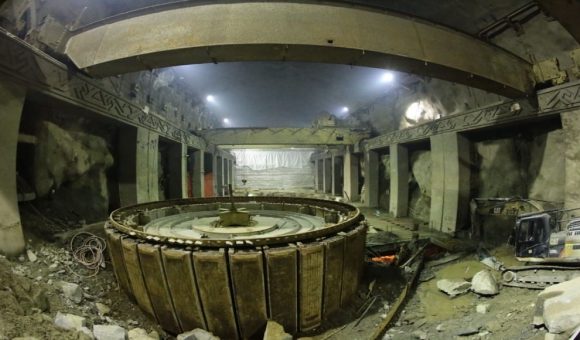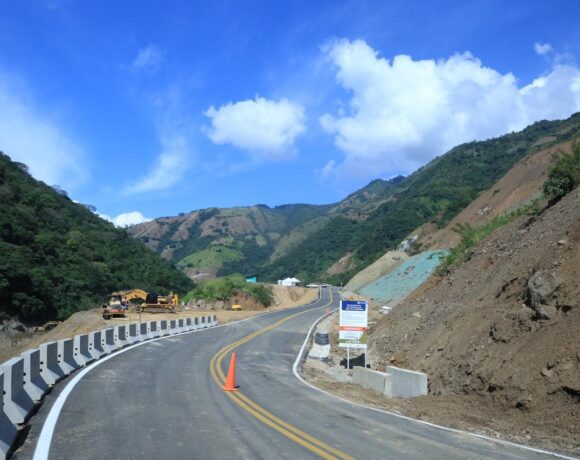Long-Awaited Puerto Antioquia Construction Begins, Start-up Seen in 2025

Colombia President Ivan Duque and Antioquia Governor Anibal Gaviria jointly announced today (April 23) at a dedication ceremony that the long-awaited “Puerto Antioquia” ocean-freight port linking Medellin and other major Colombia cities to the Atlantic is now starting construction and due for start-up in 2025.
“Puerto Antioquia is an historic megaproject that will allow us to promote the construction of the social fabric and strengthen the ocean freight, agro-industrial and tourist vocations of the lands of Urabá,” Gov. Gaviria stated.
The new port near Turbo, Antioquia — carrying an estimated capex of US$627 million — will be linked to the under-construction “Mar 1” and :Mar 2” highways westward from Medellin as well as major existing highway connections to Colombia’s coffee region and other cities including the capital, Bogota.
The port initially expects to handle 4.5 million tons of freight per year, including 3 million tons of agricultural products and 1.5 million tons of general freight, according to the developers.
Principal investors include global shipping giant CMA Terminals (22% share); Pio S.A.S. (11.1%); Eiffage Infrastructures S.A.S (22%); Termotécnica Coindustrial (5.17%); banana exporter Uniban (15.51%); Agrícola Santamaría (5.69%); Banafrut (4.14%); CI Tropical (6.21%); and Unión Para la Infraestructura (8.21%),
Project financing packages are coming from the privately held Financiera de Desarrollo Nacional (FDN) group, including a US$103.7 million package involving JP Morgan with loan guarantee from the Multilateral Investment Guarantee Agency (MIGA).
Another part of the new funding comes from the Inter-American Development Bank Group with US$200 million, plus US$30 million from Colombia’s Bancoldex import-export promotion agency and US$60 million from the Davivienda bank group here, according to FDN.
Aside from debt finance (59.6% of the total capex), the remaining 40.4% of capex (equivalent to US$280 million) is to be provided by the project partners.
The port is designed to handle ships of up to 366 meters in length, handling bulk products including coffee, grains, plantains and bananas, as well as general and containerized freight including automobiles.
Port developers estimate that the project will attract another US$720 million in nearby private investments from some 11,000 companies involved in freight logistics, customs, warehousing, trucking, maritime services, hotels, restaurants and many others.
















